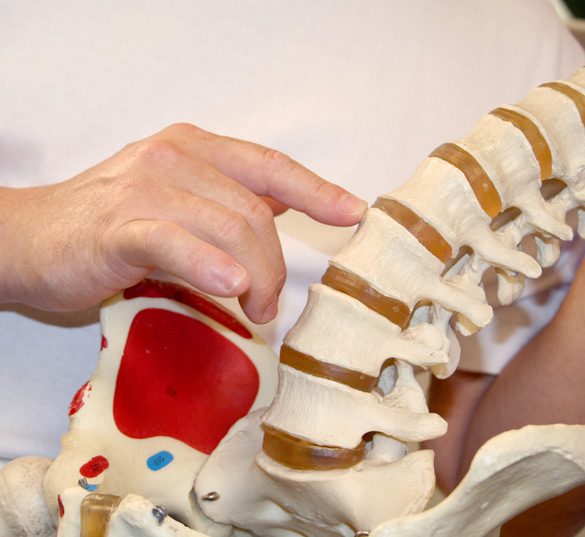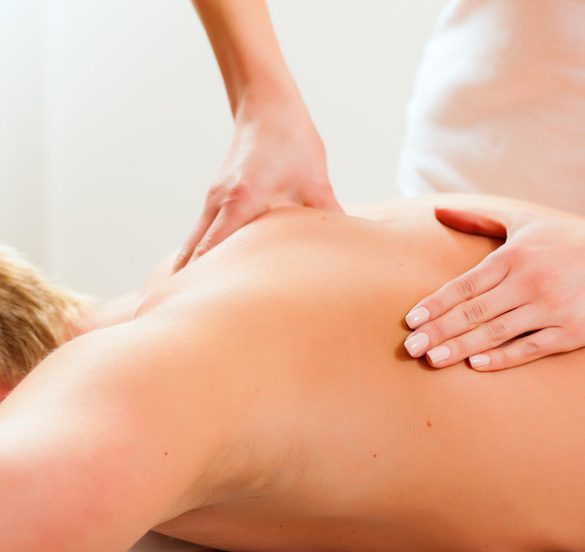A non-invasive technique, manipulation under anesthesia (MUA) is considered a safe and often effective way to relieve acute and chronic pain affecting joints, muscles, tendons, and ligaments. MUA is typically recommended when chronic pain that hasn’t improved with 6-8 weeks of conservative treatments, including the use of anti-inflammatory medications and various physical therapy techniques. Stretching, mobilization, and traction procedures are often easier to perform under mild sedation or general anesthesia.

Uses
Due to advances in anesthesiology, manipulation under anesthesia is experiencing an increase in use. It’s often effective for pain affecting certain muscle groups or tissues. MUA may be used to remedy discomfort anywhere along the spine or around the lower back area. This includes radiating nerve pain linked to the sacroiliac (SI) joint or irritation of the sciatic nerve.
How Manipulation Under Anesthesia Works
Patients undergo a thorough exam and diagnostic testing that usually includes images tests and neurological evaluations to confirm or identify possible sources of pain. If a patient is likely to benefit from the procedure, manipulation occurs after an anesthesiologist administers anesthesia. Patients are sometimes placed in twilight sleep, a state of awareness between sleep and full alertness. Anesthetic solutions may also be injected into the affected tissues. MUA sessions typically last about 15-20 minutes as the patient is carefully monitored.
During Manipulation Under Anesthesia
After the patient is prepared for the procedure, special techniques may be used to stretch shortened muscles and similar thick, flexible tissues. Pain can be eased by breaking up scar tissue (adhesions) that may develop after failed back surgery or from repeated injuries to muscles. Under certain circumstances, radiating nerve pain stemming from disc damage may be corrected with MUA rather than surgery. Manipulations may also be done to:
- Reduce recurring muscle spasms
- Decrease excessive sensitivity in certain tissues
- Remove scar tissue around spinal joints (facet joints)
Benefits from Anesthesia
The anesthesia itself provides benefits for some patients. Sedative effects of the medication may ease muscle spasms, reduce nerve sensitivity, and relax muscles long enough for tense or shortened muscles to be stretched.

What to Expect After the Procedure
Recovery from the anesthesia typically takes about 15-20 minutes after manipulation under anesthesia is completed. Minor muscle soreness similar to what may be felt after a strenuous workout may be experienced. Many patients report a noticeable decrease in pain and an increased ability to carry out routine movements without discomfort shortly after the procedure. Patients often transition to regular physical therapy sessions after MUA. Benefits from manipulation under anesthesia may be further enhanced with complementary therapies, including:
- Electrical stimulation or TENS units
- Application of heat and ice
- Ultrasound
Patients who respond well to manipulation under anesthesia may be able to delay surgery if pain reaches a point where it becomes manageable or less disruptive to quality of life. The treatment has been in use for more than 60 years and extensively evaluated for effectiveness. Consequently, there is reliable research documenting the effectiveness of MUA and accounts of patients reporting less pain and increased flexibility.
